Join CDF Freedom Schools® Austin as we celebrate family, community, and culture with the Carver Museum and Cultural Center for the annual community Kwanzaa Celebration & Ujamaa Marketplace held on
Saturday, December 30, 2023
1 pm to 3 PM
at the
George Washington Carver Museum, Cultural and Genealogy Center
1165 Angelina St.
Austin, TX 78702
Admission is free and open to the public. Bring the whole family to this intergenerational event!
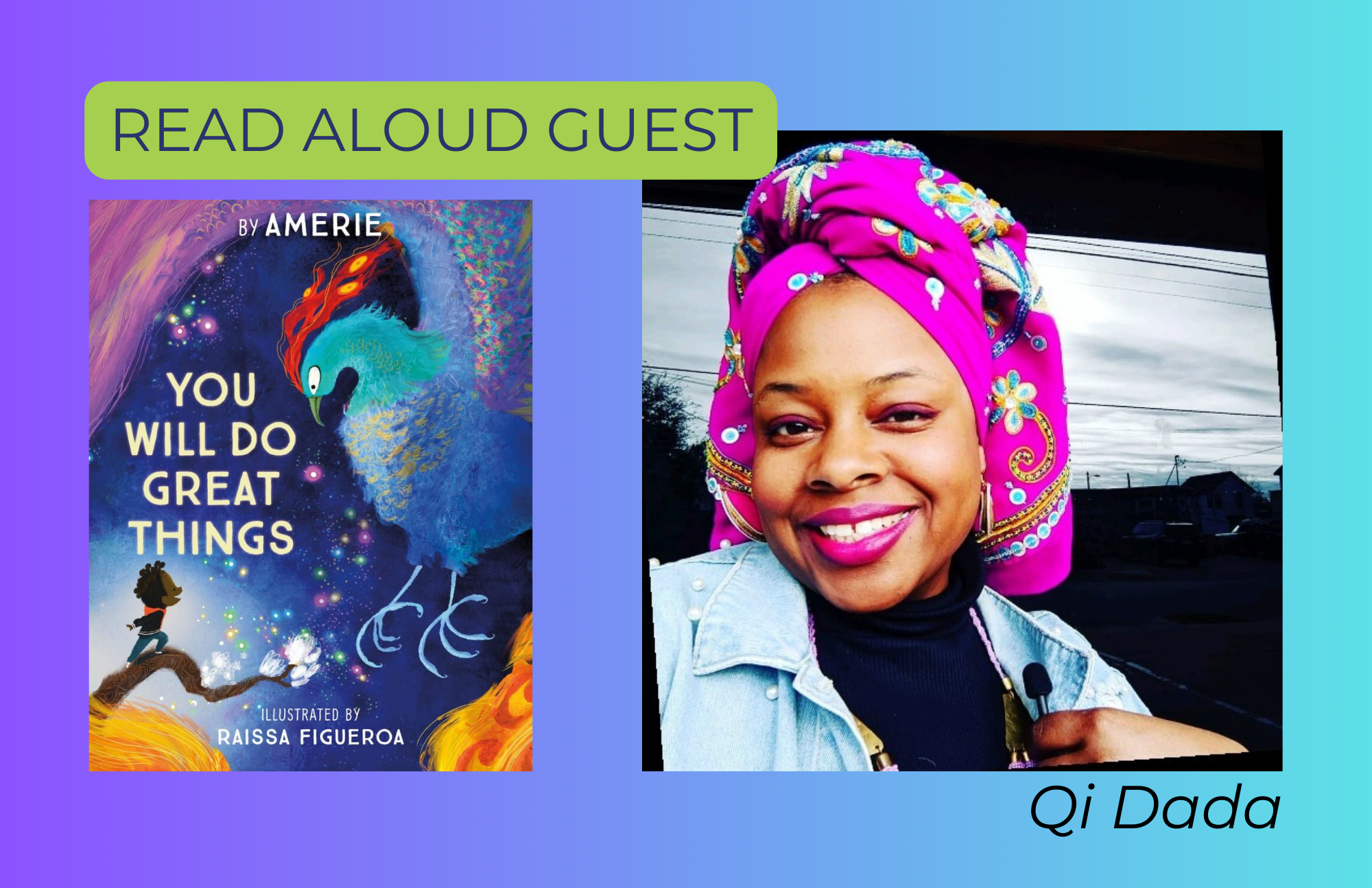 See our Freedom Schools scholars and wasaidizi on stage, as we share the principles of Kwanzaa, and offer Freedom Schools cheers and chants and a read aloud with our guest reader Qi Dada reading You Will Do Great Things by Amerie, as a part of the annual community program that also features performances and Kwanzaa candle lighting ceremony.
See our Freedom Schools scholars and wasaidizi on stage, as we share the principles of Kwanzaa, and offer Freedom Schools cheers and chants and a read aloud with our guest reader Qi Dada reading You Will Do Great Things by Amerie, as a part of the annual community program that also features performances and Kwanzaa candle lighting ceremony.
(Scholars and wasaidizi interested in participating on stage in the program can sign up on our leadership opportunities form. SLIs, past and present staff, and alumni are also encouraged to sign up.
Youth and adults interested in serving the community at the Kwanzaa event (greeting, setting up, and helping as needed), please sign up on our volunteer form.)

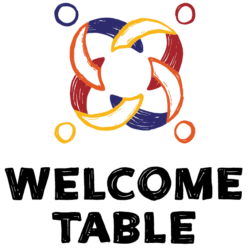
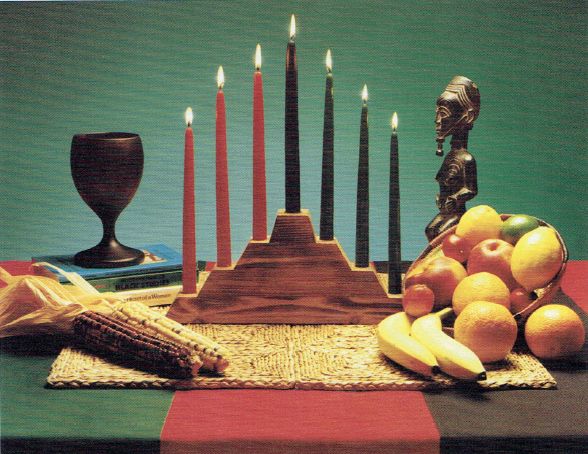
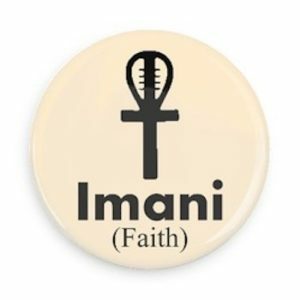
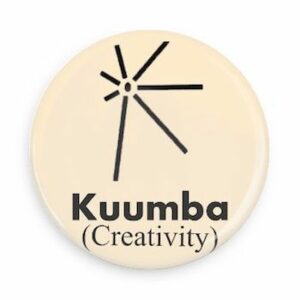
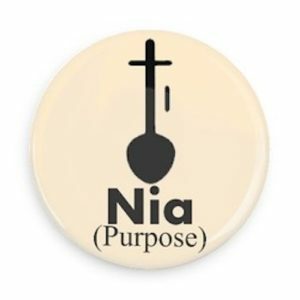
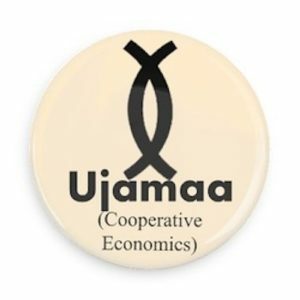
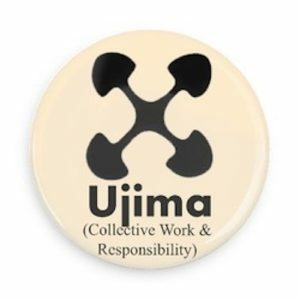
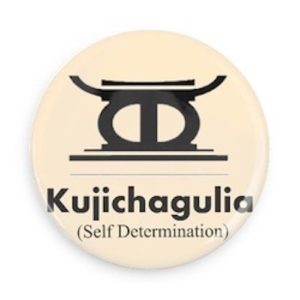
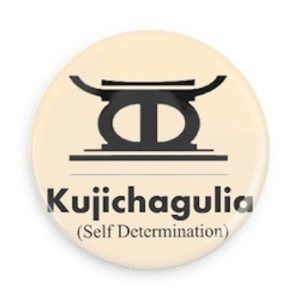
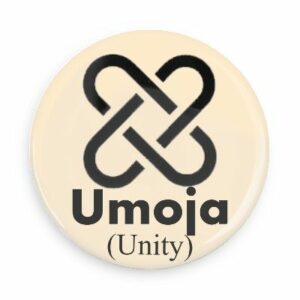
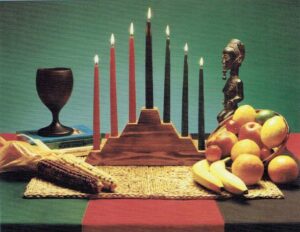
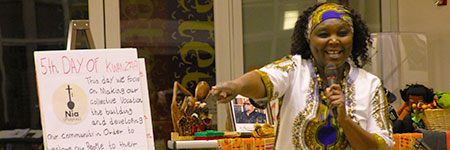
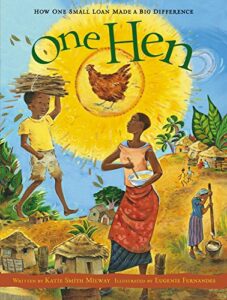
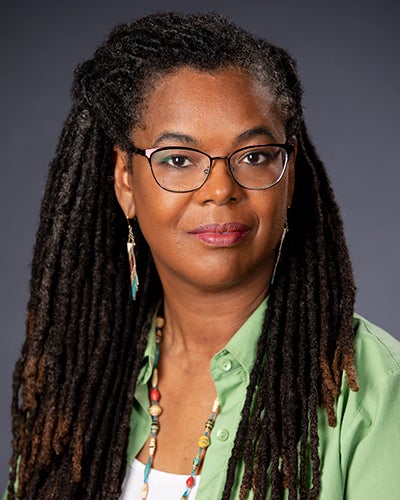 Then join us for the evening, from 7pm to 8:30 pm program inside Boyd Vance Theatre for the evening Kwanzaa program, featuring performances and Kwanzaa candle lighting, along with Freedom Schools cheers and chants along with a read aloud, featuring some of our Freedom Schools scholars and our guest reader Trina Robertson (Welcome Table, Inc. board member) reading One Hen: How One Small Loan Made a Big Difference by Katie Smith Milway.
Then join us for the evening, from 7pm to 8:30 pm program inside Boyd Vance Theatre for the evening Kwanzaa program, featuring performances and Kwanzaa candle lighting, along with Freedom Schools cheers and chants along with a read aloud, featuring some of our Freedom Schools scholars and our guest reader Trina Robertson (Welcome Table, Inc. board member) reading One Hen: How One Small Loan Made a Big Difference by Katie Smith Milway.